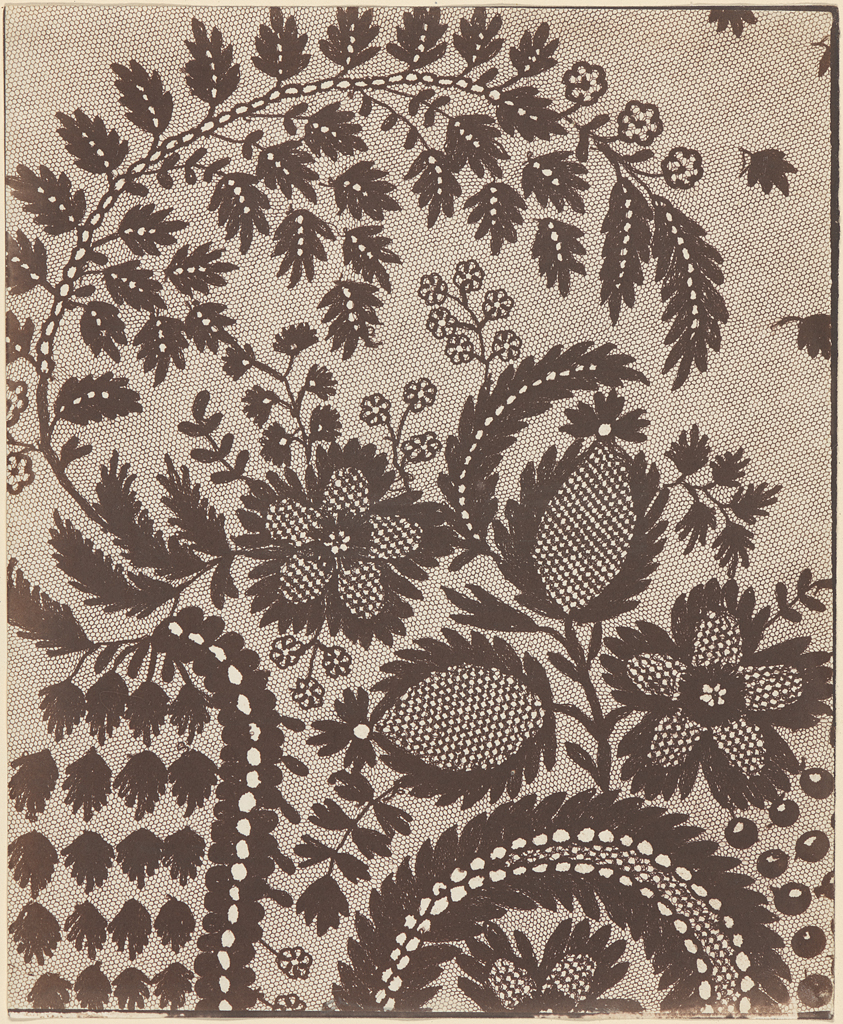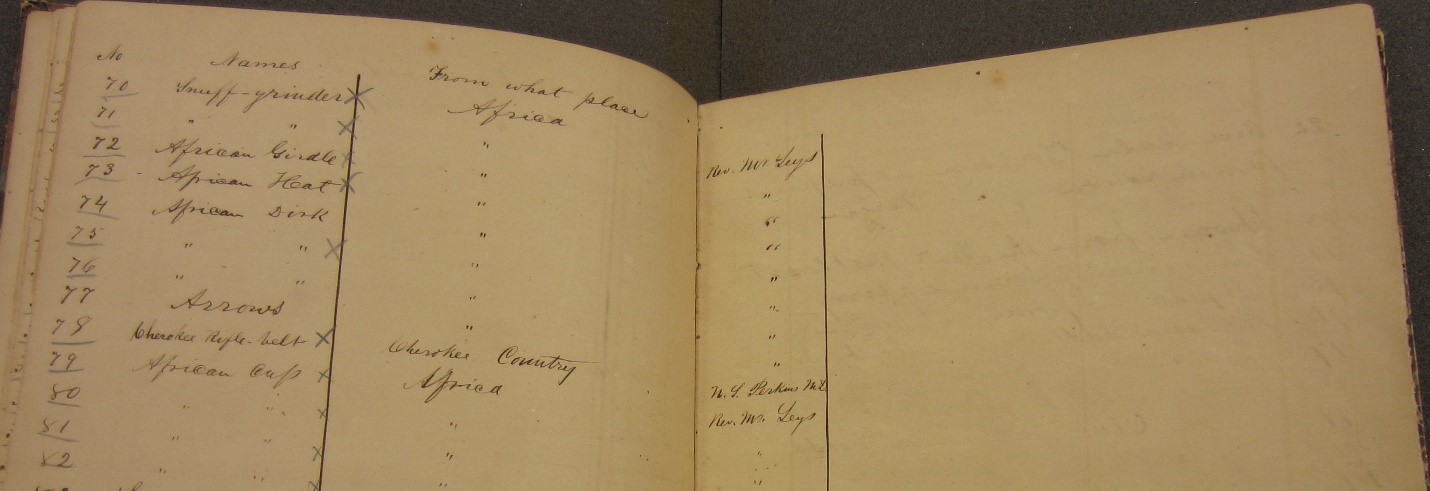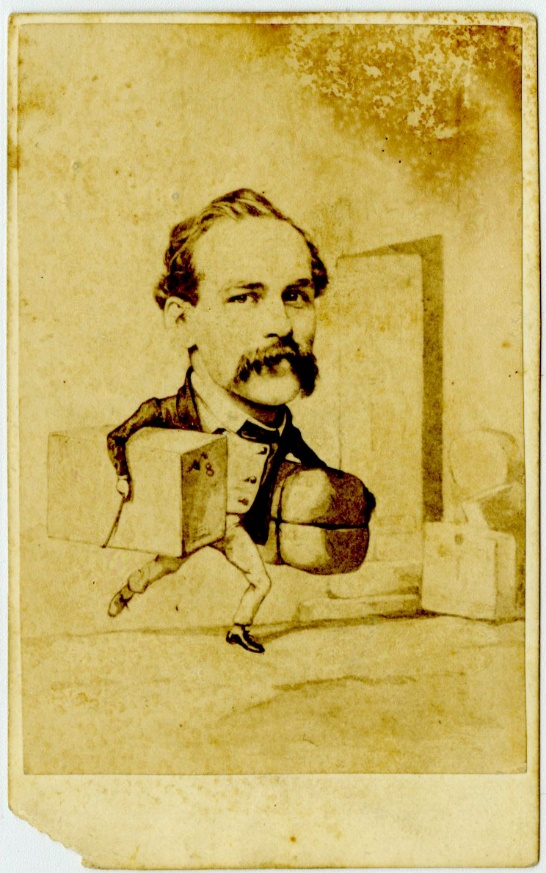DAC Collection Highlight: William Henry Fox Talbot’s Lace
William Henry Fox Talbot, Lace, ca. 1845. This image of lace is an example of a calotype, an early photographic technique. William Henry Fox Talbot, the author of this work, invented the calotype in 1841 as a competing medium to the daguerreotype, another early photographic technique, in which an image imprinted on thin metal. To … Read more




